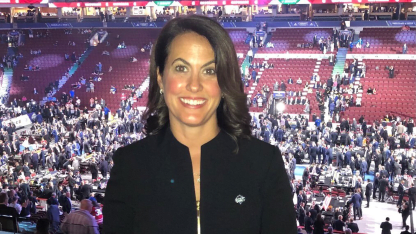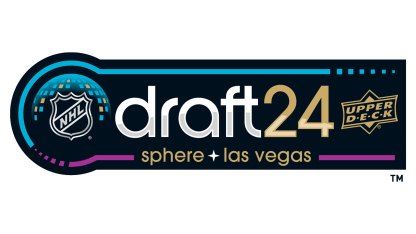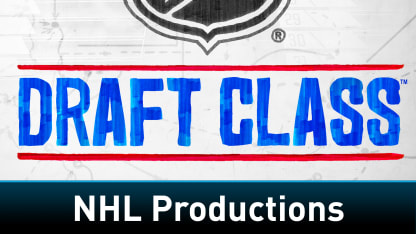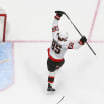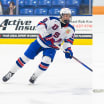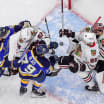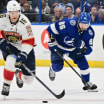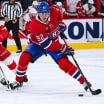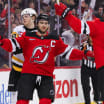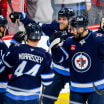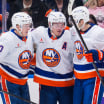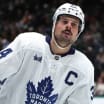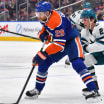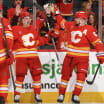The 2024 Upper Deck NHL Draft will be held June 28-29 at Sphere in Las Vegas. The first round will be June 28 (7 p.m. ET; ESPN, ESPN+, SN, TVAS) and rounds 2-7 are on June 29 (11:30 ET; ESPN+, NHLN, SN, SN1). NHL.com is counting down to the draft with in-depth profiles on top prospects, podcasts and other features. Today, peak performance specialist Dr. Aimee Kimball offers an inside look at the interviewing process that takes place during the NHL Scouting Combine. NHL.com's full draft coverage can be found here.
Nico Hischier was a wide-eyed, 18-year-old student of the game when he was first introduced to peak performance specialist Dr. Aimee Kimball and the rest of the New Jersey Devils managerial team for a group dinner during the 2017 NHL Scouting Combine.
Kimball, tasked with putting Hischier at ease in what many would consider a stressful situation for one of the top teenagers eligible for the 2017 NHL Draft, sat next to him during the 90-minute dinner engagement.
"He talked about how he was invited to go to Nashville with a few of the other top prospects (for Game 4 of the Stanley Cup Final)," Kimball told NHL.com. "I asked him if he had a catfish and explained that Nashville fans were throwing catfish onto the ice before the start of playoff games. I made him a fake proposition: 'If you throw a catfish onto the ice, we'll pick you first.'"
New Jersey had the No. 1 pick in the 2017 NHL Draft.
Hischier smiled, conversation continued, and meals were consumed over the next 40 minutes before Kimball asked Hischier if he had any questions. He looked at her and asked, 'Where can I get a catfish?'"
Kimball still considers it one of the more memorable moments of her 18 seasons working in player profiling and development prior to the draft with the Pittsburgh Penguins (2006-16), Devils (2016-21) and Washington Capitals (2021-24).
"In addition to it showing his willingness to do what it takes, it was a sign of maturity and the fact he connected that, he was listening to the conversation," Kimball said. "Sometimes it's hard to really engage 18-year-old boys even if it's for 15 minutes in an interview."
Hischier was chosen No. 1 in the 2017 draft and has been Devils captain the past four seasons.
